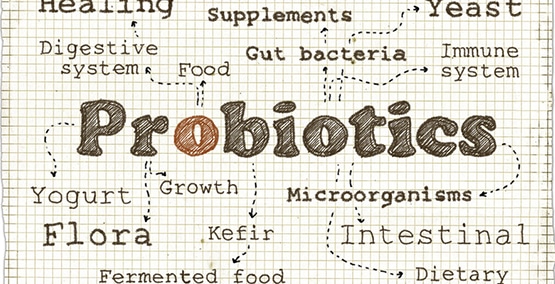
Choosing a probiotic
Some considerations before adding bacteria to your body
-Most probiotics provide billions of healthy bacteria in a single dose. That's actually a small amount compared to the billions of bacteria and organisms that live in your lower intestine.
Taking a probiotic is a good idea if you have been on antibiotics or have diarrhea. During these times, adding "good" bacteria can be beneficial in restoring a "healthier" population in your intestine.
Antibiotics are often prescribed for conditions like strep throat, pneumonia, urinary tract, or intestinal infection. A specific antibiotic, for a specific infection. While all antibiotics treat infections, the decision of which antibiotic should be used depends on the type of infection and its probable cause.
We need to quickly build that population of bacteria back up, so a probiotic is often used. A probiotic is the healthy bacteria that can do the job. But not all probiotics are the same. Just like a specific antibiotic is needed, there's good reason to choose probiotics carefully. Your doctor may recommend a prebiotic as well.
Choosing a probiotic
The answer is not always simple. Some probiotics have been tested and have been shown to be effective in reversing diarrhea (Lactobacillus GG or Culturelle), constipation (Bifidobacterium infantis 35624 or Align), or colic (Lactobacillus reuteri or Biogaia). Unfortunately, most of the probiotics on the market have not undergone rigorous testing.
Also note that probiotics that reverse diarrhea, can cause a tendency towards constipation. And most importantly, long-term "general" use hasn't been shown to be effective in protecting the immune system or getting someone to stay healthy.

When choosing a probiotic, keep these points in mind:
- Shelf life: overtime, the bacteria in the probiotic can lose strength. Make sure the probiotic has a long shelf life left.
- Number of Colony-forming Units CFUs: make sure to choose a probiotic that has several billion CFUs–the more CFUs, the better.
- Stomach acid resistant: If the probiotic is not designed to resist stomach acid, most of the bacteria will be killed before it reaches the intestine. Lactobacillus GG is an example of a stomach acid resistant strain.
- Variety of bacteria: it's often better to have more than one type of bacteria in a probiotic.
- Brewer's Yeast: This is actually a probiotic (in Florastor) that's not going to be killed by an antibiotic your child is taking for an infection. And it is more effective at preventing C difficile infections than most other probiotics.
- Health claims: There's little regulation of probiotics, so stick to brands you trust or go to their website to learn more about their product.
- Prebiotics: Are foods that keeps bacteria healthy in the intestine. The best sources of prebiotics are vegetables and other high fiber foods, like beans and fruits. It's another reason to encourage your kids to eat a high-fiber diet.
It's important to know that probiotics can increase bloating, gassiness or constipation and some can even make certain conditions worse or be harmful. It's best to ask for recommendations from your doctor.




